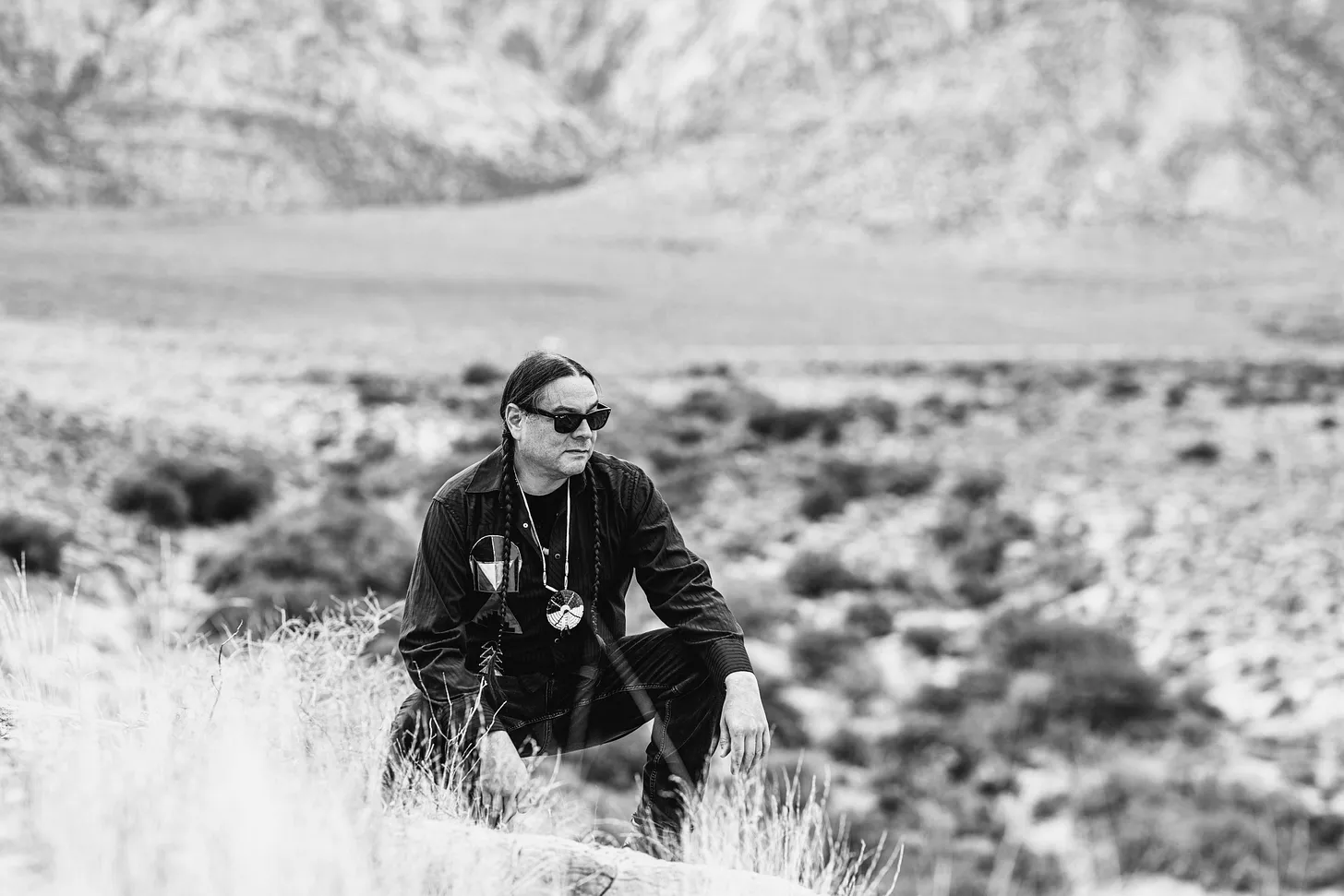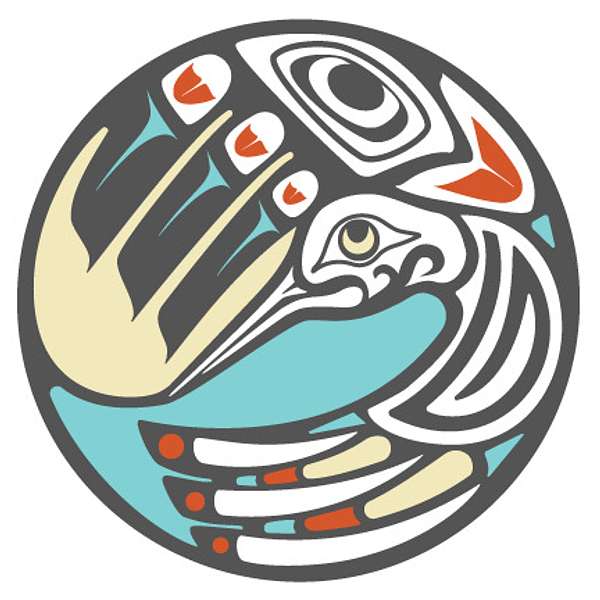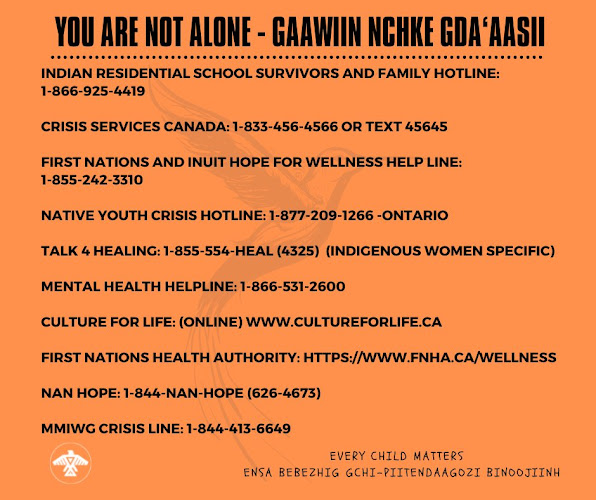Their skin was dark. Their languages were foreign. And their world views and spiritual beliefs were beyond most white men’s comprehension.
On a cool May day in 1758,
a 10-year girl with red hair and freckles was caring for her neighbor’s
children in rural western Pennsylvania. In a few moments, Mary
Campbell’s life changed forever when Delaware Indians kidnapped her and
absorbed her into their community for the next six years. She became the
first of some 200 known cases of white captives, many of whom became
pawns in an ongoing power struggle that included European powers,
American colonists and indigenous peoples straining to maintain their
population, their land and way of life.
While Mary was ultimately returned to her white family—and some evidence points to her having lived happily with her adopted Indian tribe—stories such as hers became a cautionary tale among white settlers, stoking fear of “savage” Indians and creating a paranoia that escalated into all-out Indian hating.
While Mary was ultimately returned to her white family—and some evidence points to her having lived happily with her adopted Indian tribe—stories such as hers became a cautionary tale among white settlers, stoking fear of “savage” Indians and creating a paranoia that escalated into all-out Indian hating.
From the time Europeans arrived on American shores, the frontier—the edge territory between white man’s civilization and the untamed natural world—became a shared space of vast, clashing differences that led the U.S. government to authorize over 1,500 wars, attacks and raids on Indians, the most of any country in the world against its indigenous people. By the close of the Indian Wars in the late 19th century, fewer than 238,000 indigenous people remained, a sharp decline from the estimated 5 million to 15 million living in North America when Columbus arrived in 1492.
Keep Reading
+
Battle of White Bird Canyon: For the historian in you..there are many interesting narratives about this “first fight of the Nez Perce”; here is one of them.

























No comments:
Post a Comment
Please: Share your reaction, your thoughts, and your opinions. Be passionate, be unapologetic. Offensive remarks will not be published. We are getting more and more spam. Comments will be monitored.
Use the comment form at the bottom of this website which is private and sent direct to Trace.